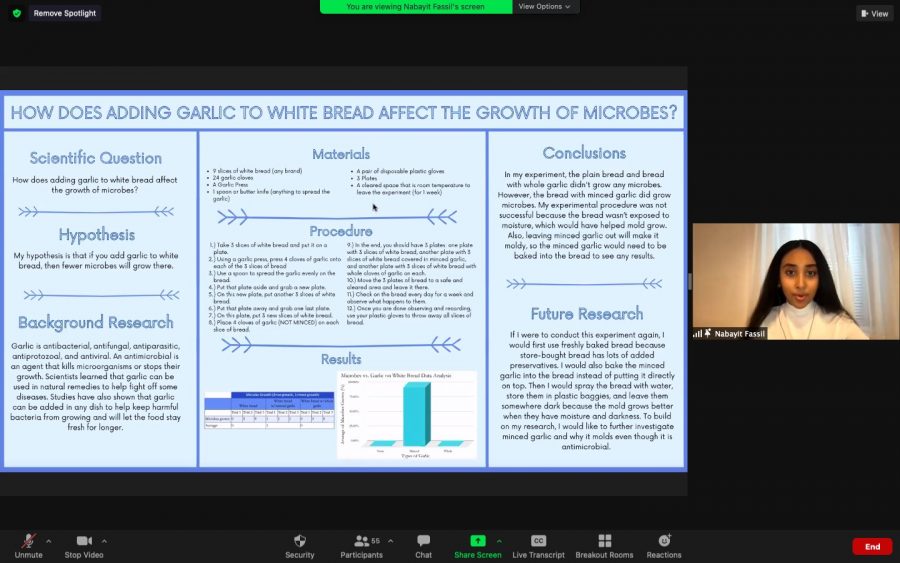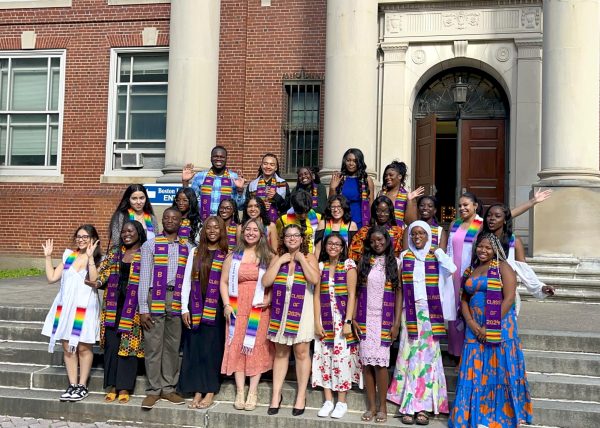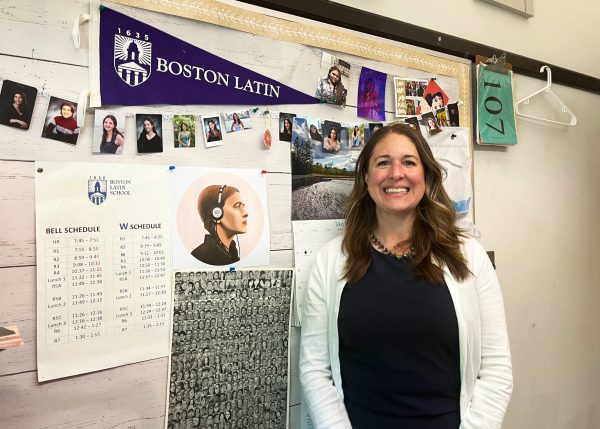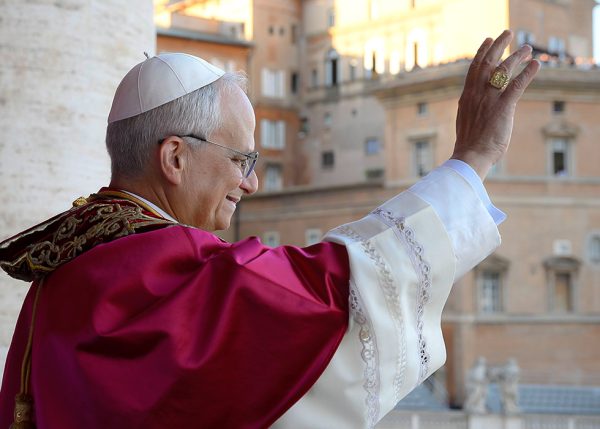Sixies Take On Science Showcase Virtually
On the day before winter break, the Boston Latin School Earth Science teachers hosted a symposium showcasing a variety of research projects conducted by seventh graders.
The sixie science teachers hosted this symposium to exhibit their students’ hard work following months of project planning and data collecting. Over 140 students from all clusters and 167 non-BLS-affiliated attendees came together to watch the students present their research.
To choose who spoke at the symposium, the students were given a choice. They could send in a video presenting their research project for the teachers to see, or they could instead present in front of an audience.
The virtual format made the presentation experience less daunting, as Alice Frasgasso (VI) states, “For me, it was easier [to present through Zoom] because sometimes when I speak in front of a large group that I can actually see, […] it gets really hard. But, on Zoom meetings, since I was sharing my screen, I could only see a few people at a time.”
Creating these science projects at home differed greatly from making them at school, but the Earth Science teachers were well prepared for the virtual challenge. Ms. Courtney Garside, Ms. Raquel Jacobson-Peregrino and Ms. Kelly Bagdonas took a class over the summer on how to host a project showcase virtually.
The sixies spent more time finding their research topics this year and getting started. Besides their own work in developing a research question, guest speakers were invited from all different branches of science to help them find their topic.
Ms. Jacobson-Peregrino comments, “We knew there were a lot of kids doing plants, and so we invited a doctoral student from the University of Massachusetts Boston who came and spent an afternoon talking to our kids about her scientific path, and also sort of mentoring and coaching them on their plants projects.”
The sixies ended up investigating a variety of topics, from astrophysics to COVID-19-related projects. Ms. Bagdonas notes that there were more psychology projects this year, which was convenient because experiments only involved participants filling out a form.
While the event as a whole was deemed a success, it was not without a few bumps in the
road, specifically in regards to communication between teacher and students.
Ms. Bagdonas states, “Every little problem that came up that […] you could answer in the hallway or coming into class, now was an email or a meeting, and [it] definitely took more time on everybody’s part and a lot more communication.”
To combat these difficulties, the three science teachers did the most they could to support their students. They traveled around the Boston area to deliver resources and additional supplies to students.
Frasgasso comments on her teachers’ assistance: “What was really helpful to me was having it all organized, because for a lot of the essays and designing the experiments, we had […] templates and charts, and that helped a lot because we could just write it in and knowing all the steps instead of just having to figure it out all on your own.”
Atticus Scovel (VI) agreeing with Frasgasso’s statement, adds, “I also really liked the feedback they gave — that helped a lot.”
In the end, the teachers conclude that the whole symposium was definitely a team effort, with help from school librarians, Ms. Deeth Ellis and Mrs. Susan Harari, as well as Associate Head of School Jonathan Mulhern who had agreed with this idea when it was first pitched.
Every year, the seventh grade teachers allow students to share their knowledge through creative posters and collected data. They made no exception this year and continued with this tradition with minor changes as they adapted to the new remote world.






